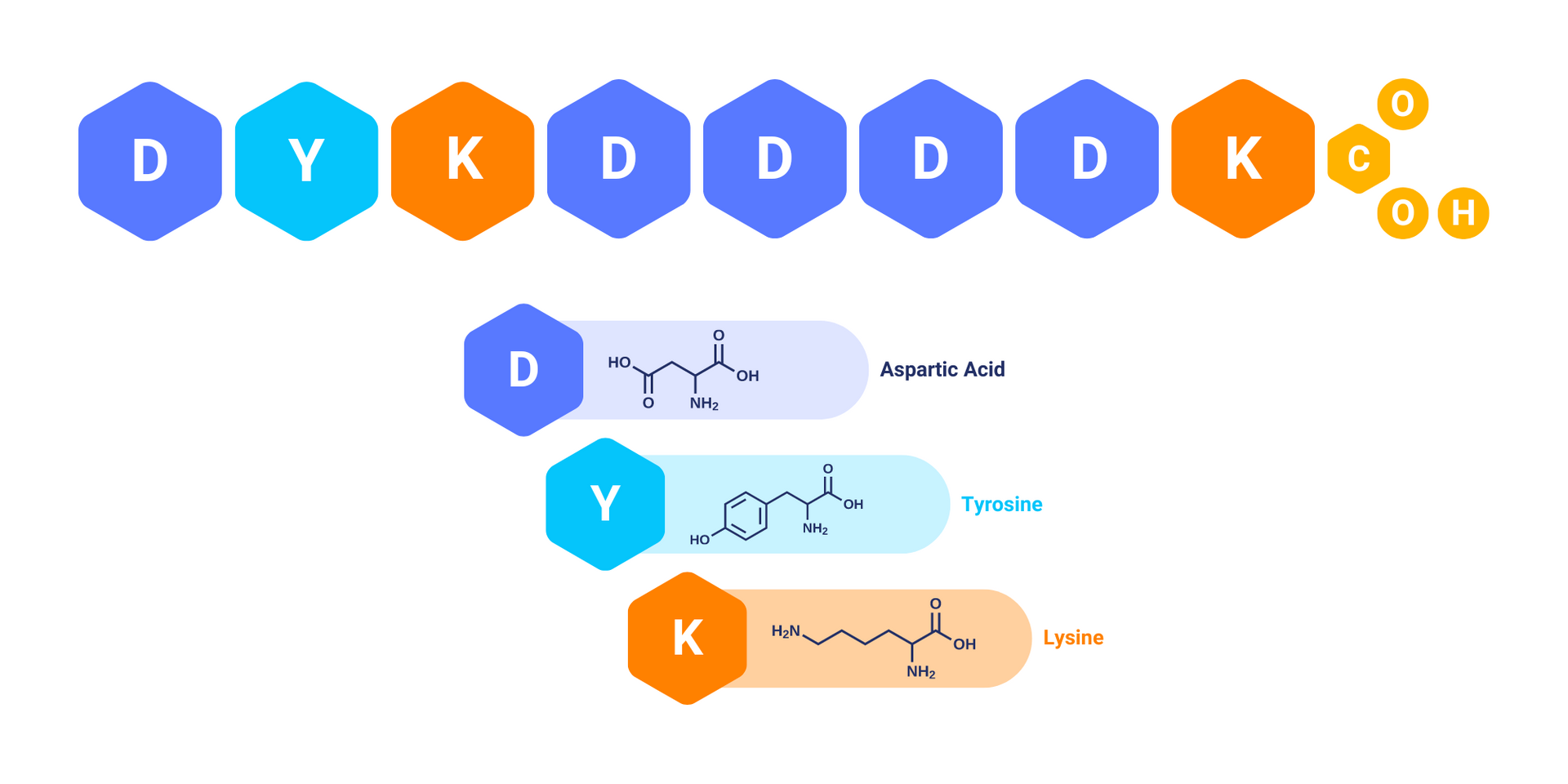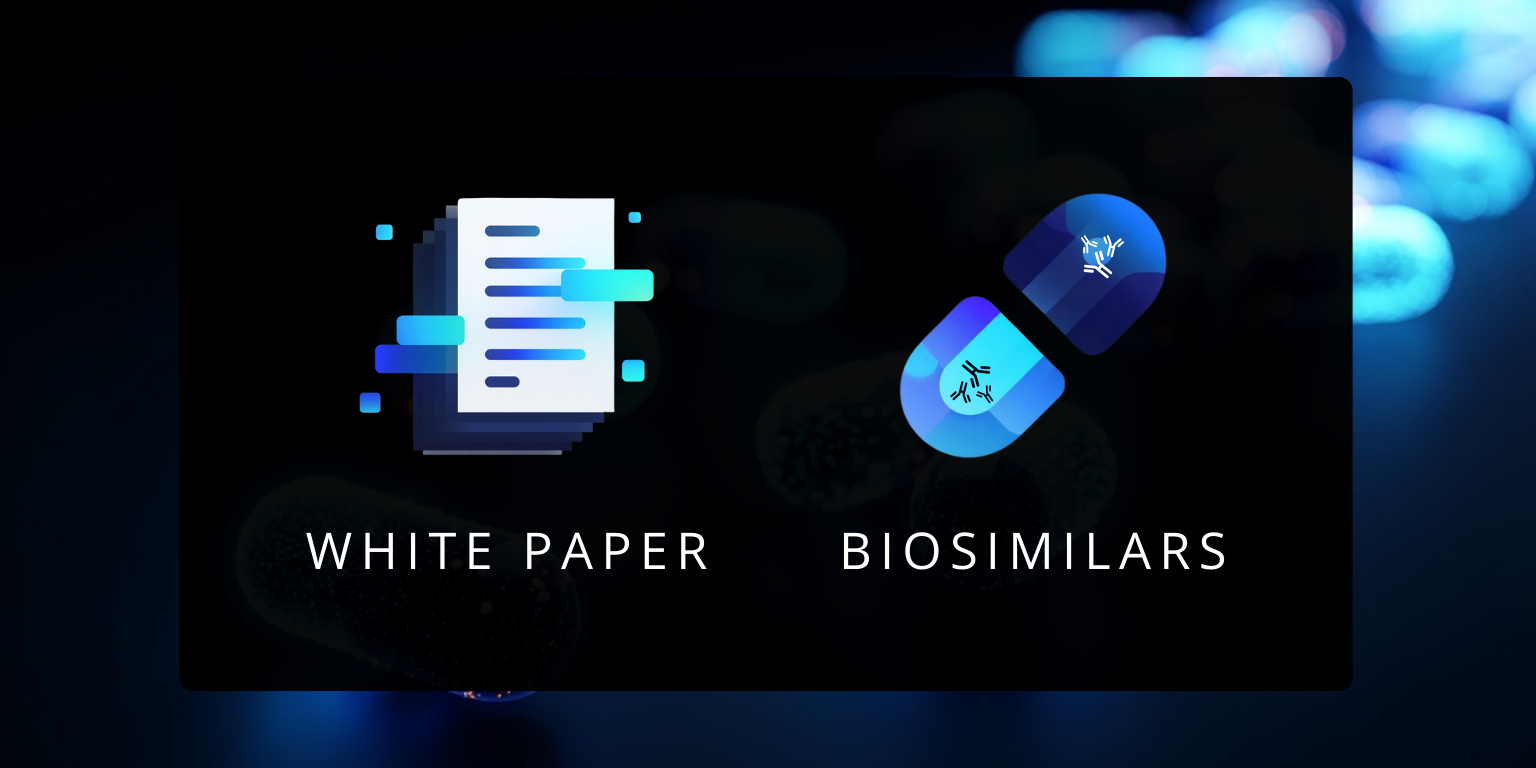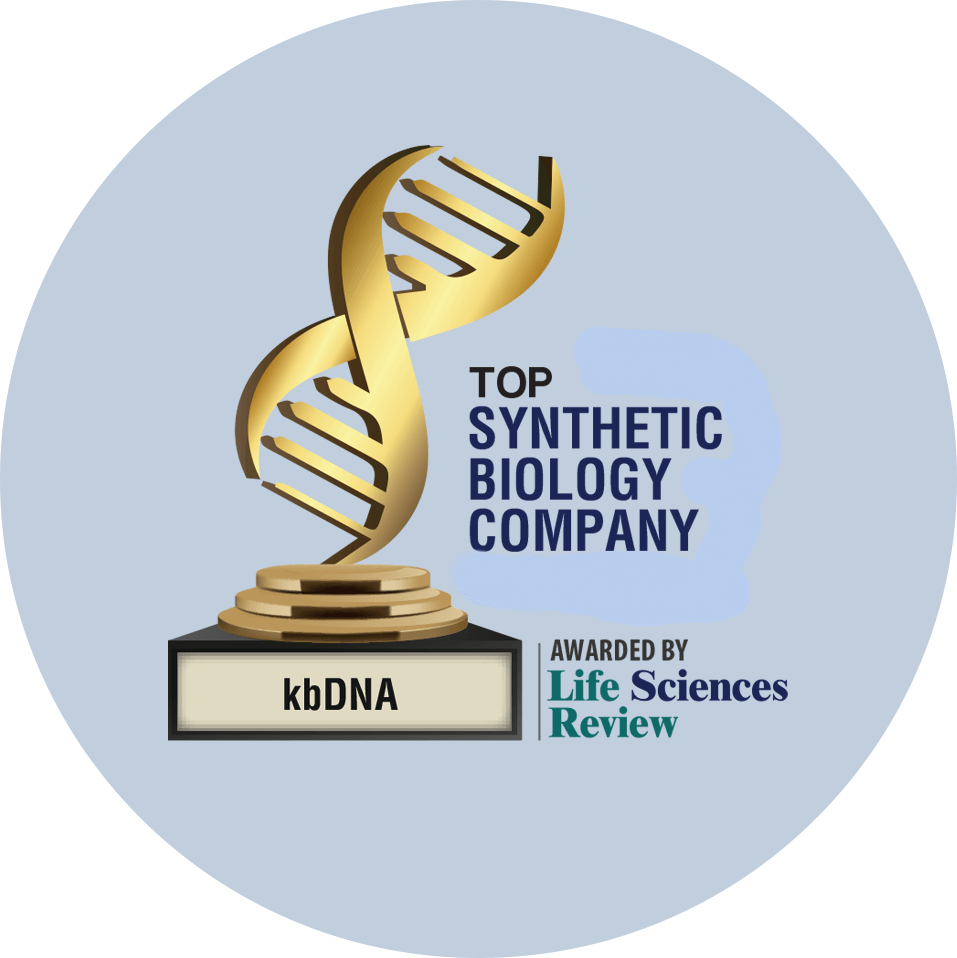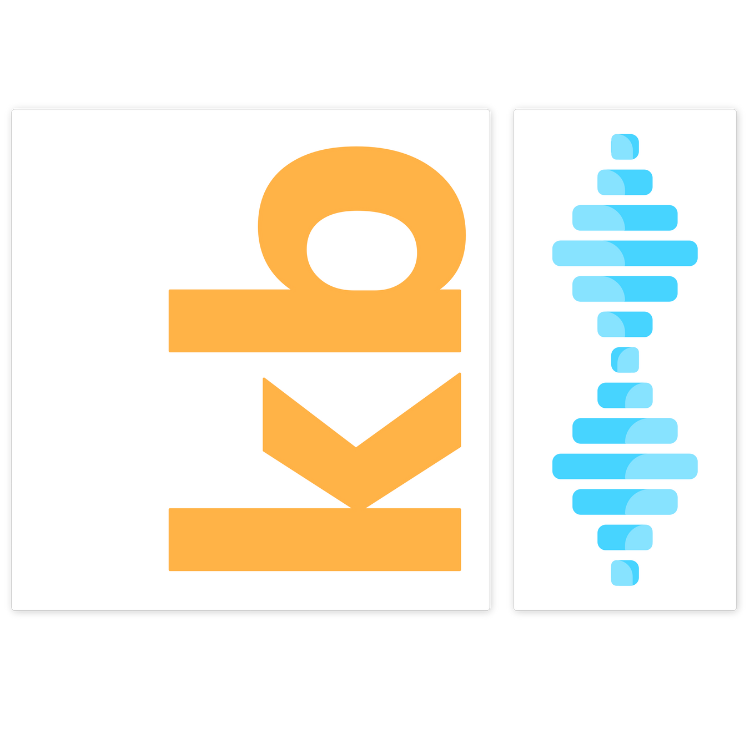FLAG Tag: A Comprehensive Overview for Biopharmaceutical Research
Abstract:
The FLAG tag (DYKDDDDK) is an epitope tag widely utilized in biopharmaceutical research for protein purification, detection, and functional analysis. This article provides an in-depth examination of FLAG tag technology, its advantages, limitations, and diverse applications. Additionally, it explores current research trends and future directions in FLAG tag technology, making it a pivotal tool in advancing drug discovery and development.

Introduction:
What is a FLAG Tag?
The FLAG tag is a short peptide sequence (DYKDDDDK) engineered for tagging proteins to facilitate their detection and purification. It was first introduced in the late 1980s and has since become one of the most commonly used tags in protein research. The sequence is specifically recognized by anti-FLAG antibodies, allowing researchers to isolate and study proteins in a variety of experimental contexts.
Explore how our advanced FLAG tag solutions can enhance your protein research and streamline biopharmaceutical development. Contact us to learn more.
Origin and Development
The FLAG tag was developed as a synthetic peptide tag to address the need for a highly specific, yet versatile tool in protein research. Unlike tags derived from naturally occurring proteins (e.g., Myc-tag or HA-tag), the tag was designed to be hydrophilic and minimally intrusive, ensuring that it does not significantly alter the function or structure of the tagged protein.
Advantages and Limitations
The primary advantage of the FLAG tag lies in its high specificity and the availability of highly selective antibodies, which minimize background noise in assays. However, one limitation is its potential to interfere with protein function, particularly when fused at the N- or C-terminus of certain proteins. Additionally, the tag’s size and charge may impact the overall stability of the protein.
Applications in Bio-pharmaceutical Research
The FLAG tag’s applications are vast, ranging from protein purification and detection to drug discovery. It is particularly valued for its ability to facilitate the study of protein-protein interactions and the sub-cellular localization of proteins, making it an indispensable tool in both basic and applied bio-pharmaceutical research.
FLAG Tag Technology
Methods for Attaching FLAG Tag to Proteins
- Recombinant DNA Technology: FLAG tags are commonly attached to proteins via recombinant DNA techniques, where the FLAG sequence is genetically engineered into the protein-coding region. This allows for the expression of FLAG-tagged proteins in various host systems, including bacteria, yeast, and mammalian cells.
- Post-Translational Modifications: In some cases, they are added post-translationally through chemical conjugation, allowing for more controlled and precise tagging in specific protein applications.
- Chemical Conjugation: Chemical methods are also employed to attach FLAG tags to proteins, particularly when recombinant expression is not feasible. These methods include the use of cross-linking agents or enzymatic ligation to attach the FLAG peptide to the protein of interest.
Properties of FLAG Tag
- Size and Flexibility: The FLAG tag consists of eight amino acids, making it small enough to minimize interference with protein function while still being easily detectable by antibodies.
- Immunogenicity: They are designed to be immunogenic enough for antibody recognition without eliciting a strong immune response that could confound experimental results.
- Stability and Compatibility: Tags are stable under a variety of conditions, making them compatible with a wide range of experimental protocols, including those involving harsh purification conditions.
- Detection Sensitivity: FLAG-tagged proteins can be detected with high sensitivity using monoclonal antibodies specific to the FLAG epitope, making them ideal for applications requiring precise quantification and localization.
Comparisons with Other Protein Tags
- His-tag: The His-tag is known for its simplicity and effectiveness in metal affinity chromatography. However, the FLAG tag is preferred in cases where higher specificity and lower background are required.
- HA-tag: While both HA and FLAG tags are epitope tags recognized by specific antibodies, the tag is more versatile due to its smaller size and lower likelihood of disrupting protein function.
- GST-tag: GST-tags are larger and often used for protein purification purposes. FLAG tags, in contrast, are better suited for applications requiring minimal interference with the target protein’s structure or function.
Applications of FLAG Tag
Protein Purification
- Affinity Chromatography: They are widely used in affinity chromatography for the purification of recombinant proteins. The high specificity of anti-FLAG antibodies ensures that the target protein is purified with minimal contamination from other cellular components.
- Immunoprecipitation: Tags facilitate the immunoprecipitation of proteins and protein complexes from cell lysates, allowing for the study of protein-protein interactions in a native environment.
- Magnetic Bead Purification: Magnetic beads conjugated with anti-FLAG antibodies enable rapid and efficient purification of FLAG-tagged proteins, particularly in high-throughput screening applications.
Protein Detection and Localization
- Western Blotting: FLAG tags are frequently used in Western blotting to detect specific proteins in complex mixtures. The tag’s high specificity ensures clear and accurate results.
- Immunofluorescence Microscopy: Tags are valuable tools in immunofluorescence microscopy, where they visualize the localization of proteins within cells.
- Flow Cytometry: In flow cytometry, they allow for the precise quantification of protein expression on the cell surface or within intracellular compartments.
- ELISA: FLAG-tagged proteins can be quantified in ELISA assays, offering a robust method for detecting and measuring proteins in various biological samples.
Functional Analysis of Proteins
- Protein-Protein Interaction Studies: They are used to investigate protein-protein interactions through co-immunoprecipitation, providing insights into the molecular mechanisms underlying cellular processes.
- Subcellular Localization: Tags aid in determining the subcellular localization of proteins, which is critical for understanding protein function and dynamics within cells.
- Protein Stability and Degradation: The use of FLAG tags in studies of protein stability and degradation pathways helps elucidate the factors that regulate protein turnover in cells.
Drug Discovery and Development
- Identifying and Characterizing Drug Targets: FLAG tags are instrumental in the identification and characterization of drug targets, particularly in high-throughput screening assays.
- Developing Targeted Therapies: Tags facilitate the development of targeted therapies by enabling the precise identification and quantification of therapeutic targets.
- Monitoring Drug Efficacy and Safety: They are used to monitor the efficacy and safety of drugs by tracking the expression and activity of drug targets in cellular and animal models.
Current Research and Future Directions
Advancements in FLAG Tag Technology
- Improved Detection Sensitivity: Recent developments have focused on enhancing the detection sensitivity of FLAG tags, making it possible to detect even low-abundance proteins with high accuracy.
- Reduced Background Interference: Innovations in antibody design and purification protocols have significantly reduced background interference, improving the overall reliability of FLAG tag-based assays.
- Multi-Color Imaging: The development of multi-color imaging techniques incorporating FLAG tags has enabled the simultaneous visualization of multiple proteins within a single sample, advancing our understanding of complex biological systems.
- Development of New FLAG-Specific Antibodies: Ongoing research is exploring the creation of novel FLAG-specific antibodies with enhanced affinity and specificity, further expanding the utility of FLAG tag technology in bio-pharmaceutical research.
Emerging Applications of FLAG Tag
- High-Throughput Screening: They are increasingly being used in high-throughput screening platforms to identify potential drug candidates and therapeutic targets.
- Protein Structure Determination: Tags aid in the determination of protein structures through techniques such as X-ray crystallography and cryo-electron microscopy.
- Gene Therapy: FLAG tags are being explored as tools in gene therapy, where they can be used to track the expression and localization of therapeutic proteins.
- Personalized Medicine: In personalized medicine, they have the potential to be used in the development of individualized therapies by enabling the precise targeting and monitoring of specific proteins.
Future Outlook for FLAG Tag Technology
As technology continues to evolve, it is expected to play an increasingly prominent role in advancing drug discovery, personalized medicine, and other cutting-edge fields. The ongoing development of new antibodies, enhanced detection methods, and innovative applications will further solidify the FLAG tag’s position as a key tool in bio-pharmaceutical research.
Impact on Bio-pharmaceutical Research and Development
The FLAG tag’s impact on biopharmaceutical research cannot be overstated. By enabling precise protein studies, it has accelerated the pace of discovery and innovation, paving the way for new therapies and treatments that will ultimately benefit patients worldwide.
Researchers and industry professionals are encouraged to explore the full potential of FLAG tag technology in their work. Whether you are involved in basic research, drug development, or clinical applications, the tag offers a powerful tool for advancing your scientific goals.
Conclusion
The FLAG tag has proven to be an invaluable tool in bio-pharmaceutical research, offering exceptional versatility for protein purification, detection, and functional analysis. Its small size, high specificity, and compatibility with a wide range of experimental techniques have made it a staple in both basic and applied sciences.
As research advances, the ongoing improvements in detection methods, antibody development, and novel applications will continue to expand the utility of FLAG tag technology. From drug discovery to gene therapy and personalized medicine, the FLAG tag’s ability to enhance protein research will remain central to innovation in bio-pharmaceuticals.
With its robust and flexible applications, the FLAG tag will continue to play a critical role in driving discoveries that impact therapeutic development and improve patient outcomes across a variety of fields.
Explore kbDNA’s custom-tailored reagent libraries or our assay kits, and let us know your specific experimental needs by inquiring. Interested in gene synthesis? Inquire with us or submit a project.















